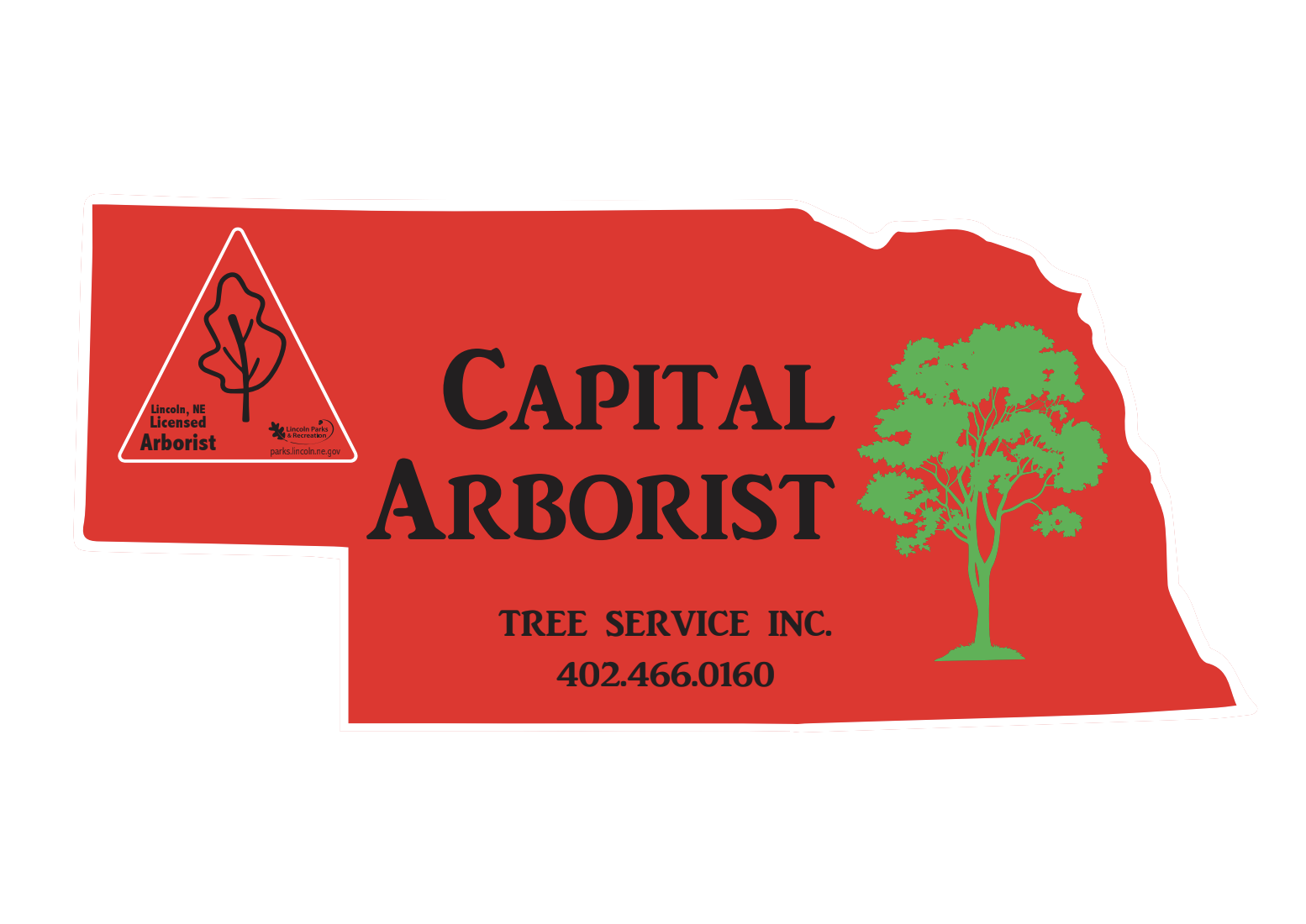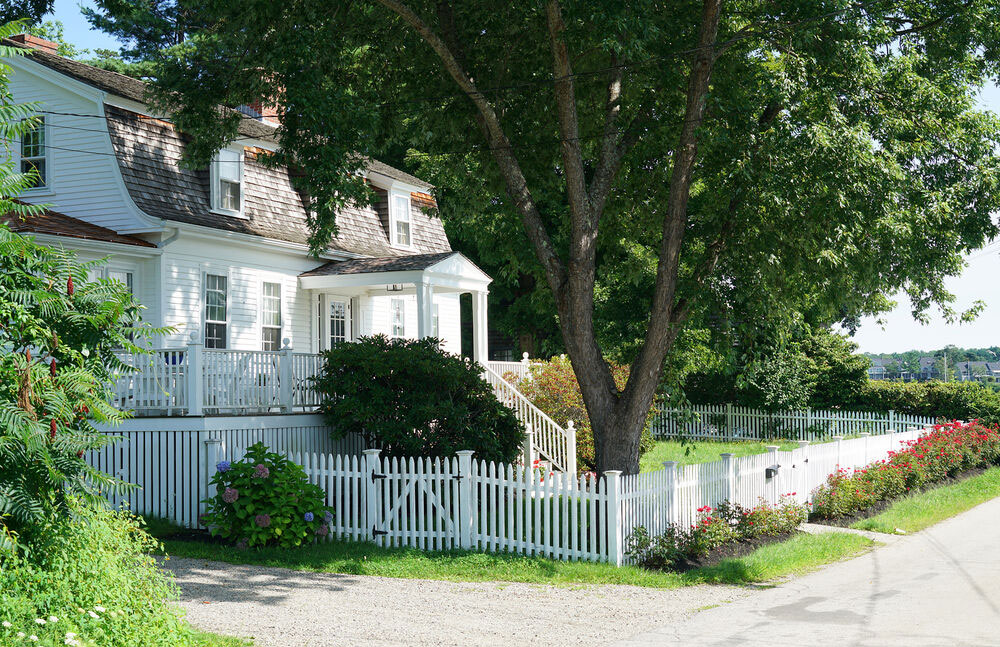Having trees in your yard not only helps to provide shade during the warm summer months, they also help boost the overall beauty of your home. Trees plants around your home can not only help keep your house from heating up in the sun, they can also provide a windbreak, give your yard extra privacy, and be a home to local birds and other wildlife. But planting a tree isn’t as simple as just picking one out and digging a hole in the yard. Tree placement should be carefully considered based on the tree species and the size of your yard.
If you’re considering adding a new tree to your yard, it is important to take into consideration the negative effects that can come from planting a tree too close to your home, including:
- Leaf and Twig Build Up
Anyone who has ever had to clean up after a storm is probably pretty well aware of how much of a mess a tree can cause. If your tree is planted too close to your house, you can count on a lot of those leaves and twigs ending up on your roof and in your gutters. If not removed, this debris can cause damage to your roof or siding, especially if the gutters can’t catch water like they’re supposed to. Making sure a tree is planted far enough away from your home will help minimize the amount of debris on your roof, as well as the number of times you’ll be cleaning out your gutters each year.
- Foundation Damage
Trees have large and complex root systems, and in general grow one to three times the width of the tree’s canopy. If allowed to grow too close to your foundation, the roots can put pressure on it, eventually pushing into it and causing cracks. Over time, this can cause serious damage to the foundation, and require costly repairs. Roots can also find their way into septic lines or water pipes that are in its growth range, causing sewage backups into your yard or a diminished water supply. Some trees that have more aggressive root systems are Cottonwoods, Silver Maples, Norway Maples, Willows, and American Elms.
Another potential risk to your foundation is moisture. Trees can cause the moisture in soil to fluctuate, making the soil to contract and expand. Over time, this can also put pressure on your foundation and cause cracks or shifting.
While you can control the location of new trees that you plant, if you have an existing tree that you’re worried will cause damage to your home, you can have a root barrier installed. This involves digging to the bottom of your home’s foundation and cutting away any roots that are close to it. Then, a flexible material is installed that blocks tree roots from pushing against your foundation.
- Broken Branches or a Fallen Tree
If you live in an area that experiences high winds, a tree that is too close to your home could lead to a broken branch falling on your roof or breaking a window. An even more serious problem could be having an entire tree fall over onto your home, causing severe damage to the structure. This is more of a concern for older trees, or trees that have insect damage that have caused weakened joints or branches.
- Sidewalk Damage
When trees are planted near sidewalks or other concrete structures around your home, their roots can cause the same types of damage that it does to foundations. When tree roots get under sidewalks, they can cause it to crack or heave upward. This can be a safety hazard, and many cities will cite you for uneven pathways and require you to have them repaired.
If you’re concerned about an existing tree, or need advice on where to plant a new one, our highly qualified arborists have extensive experience and training to help you assess current tree locations and recommend new ones. We’ll discuss your options with you, and give you a written estimate for any work you’d like to have done. You can trust our years of experience to get the job done right.

